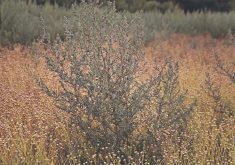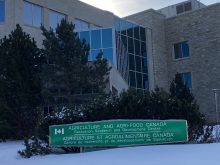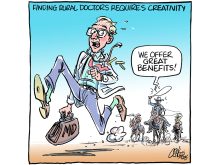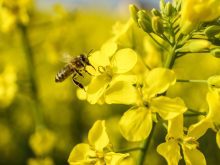In order to provide balanced and true coverage there are standards of reportage, the most important of which is not to interfere with the news.
Our front-page photo is an example of the dilemma where reporters can find themselves becoming a part of the news.
Cars and trucks were marshalled in single file across a stretch of flooded highway near Richardson, Sask., last week and I was driving the second vehicle in the line. The truck ahead of me carried a farmer and his mother.
Read Also
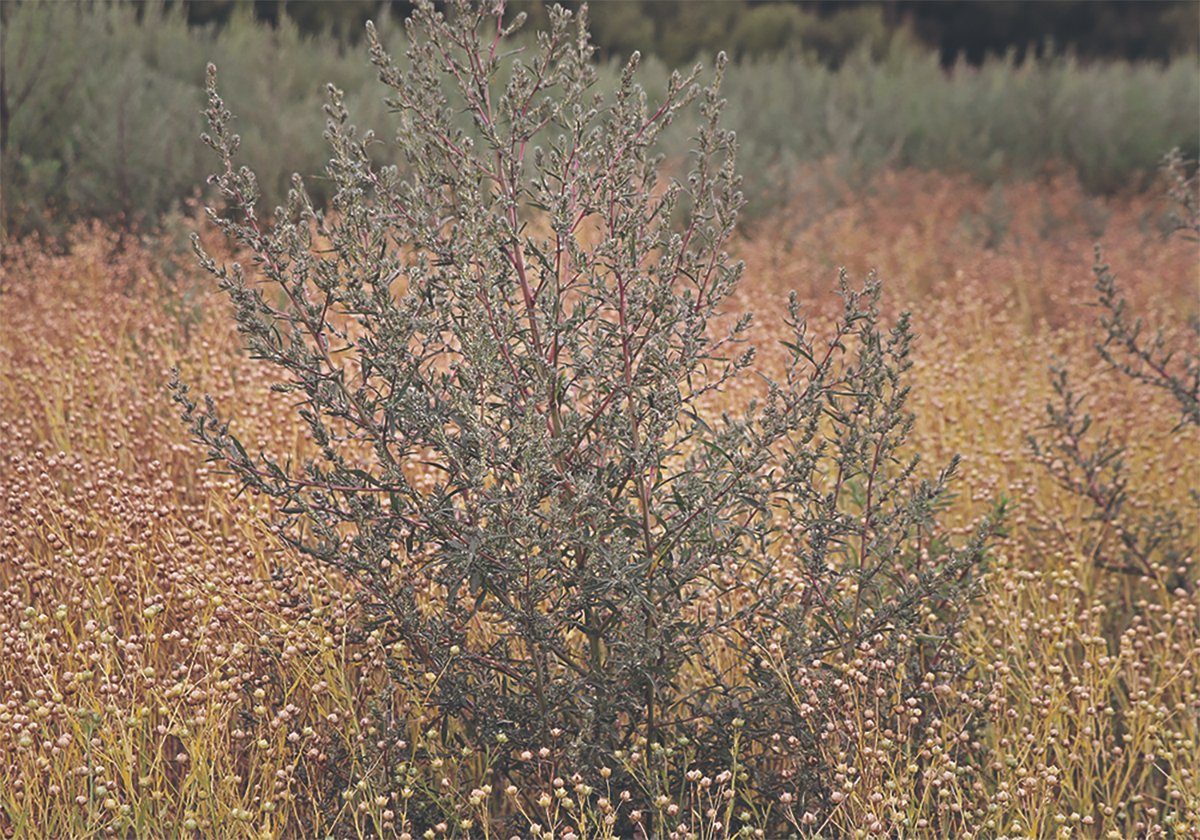
Kochia has become a significant problem for Prairie farmers
As you travel through southern Saskatchewan and Alberta, particularly in areas challenged by dry growing conditions, the magnitude of the kochia problem is easy to see.
A large surge of water hit us and our vehicles were pushed to the right, nearer the edge of the road surface. The fast-moving water had undercut the roadway and the farmer’s vehicle fell through the surface as the pavement collapsed.
The truck leaned dangerously over the side of the ditch. I pulled the Western Producer car alongside them and stepped into the water, which began to cover the floorboards as the door opened.
I was becoming involved with the news. Since the couple was not in life-threatening danger, I retreated to the car and drove past the scene.
I stopped when safe and returned on foot to photograph the accident.
The man quickly removed his mother from the truck and they waded to the next vehicle in the line, which carried them to safety.
The natural response is to give aid to those around you when they are in danger. Journalists must sometimes curb their actions and remember their purpose is to observe, not participate in the situation.
Journalists are often faced with the choice between participation and reportage, especially where life and limb are concerned. If one participates, one cannot report. Whether one should participate has to be a personal and professional decision.




